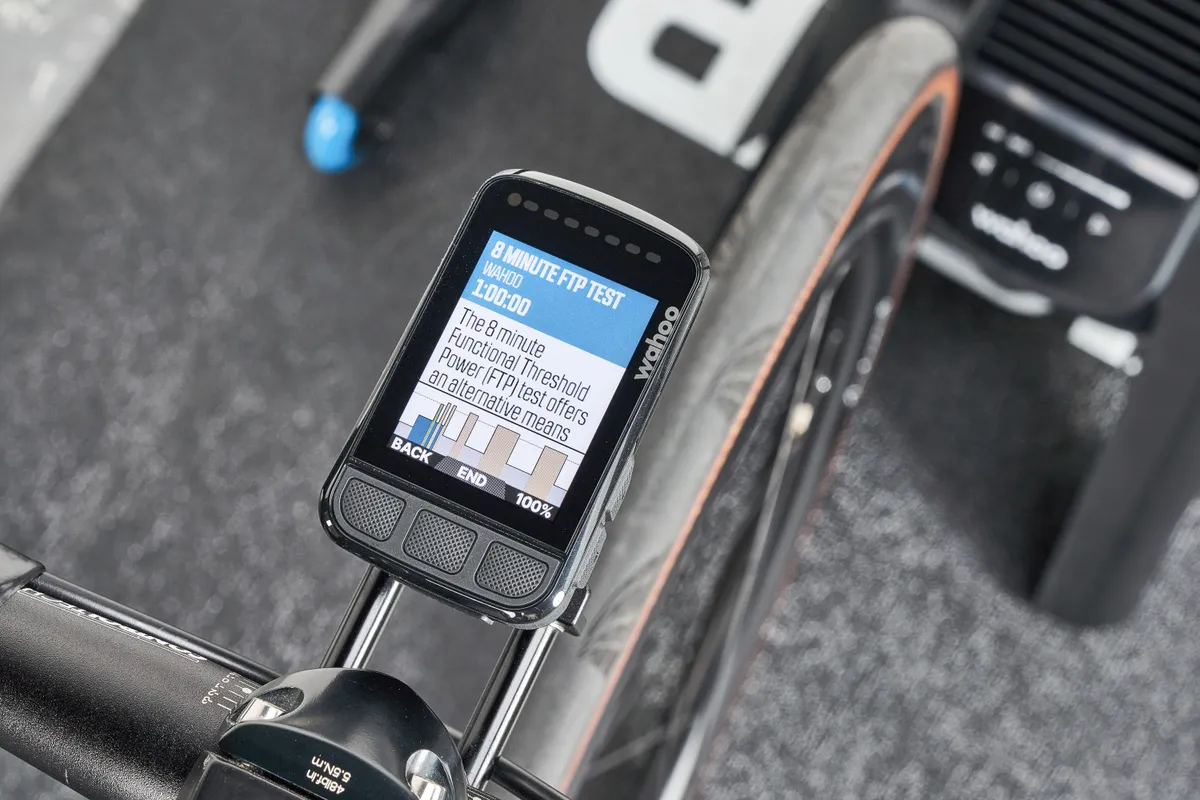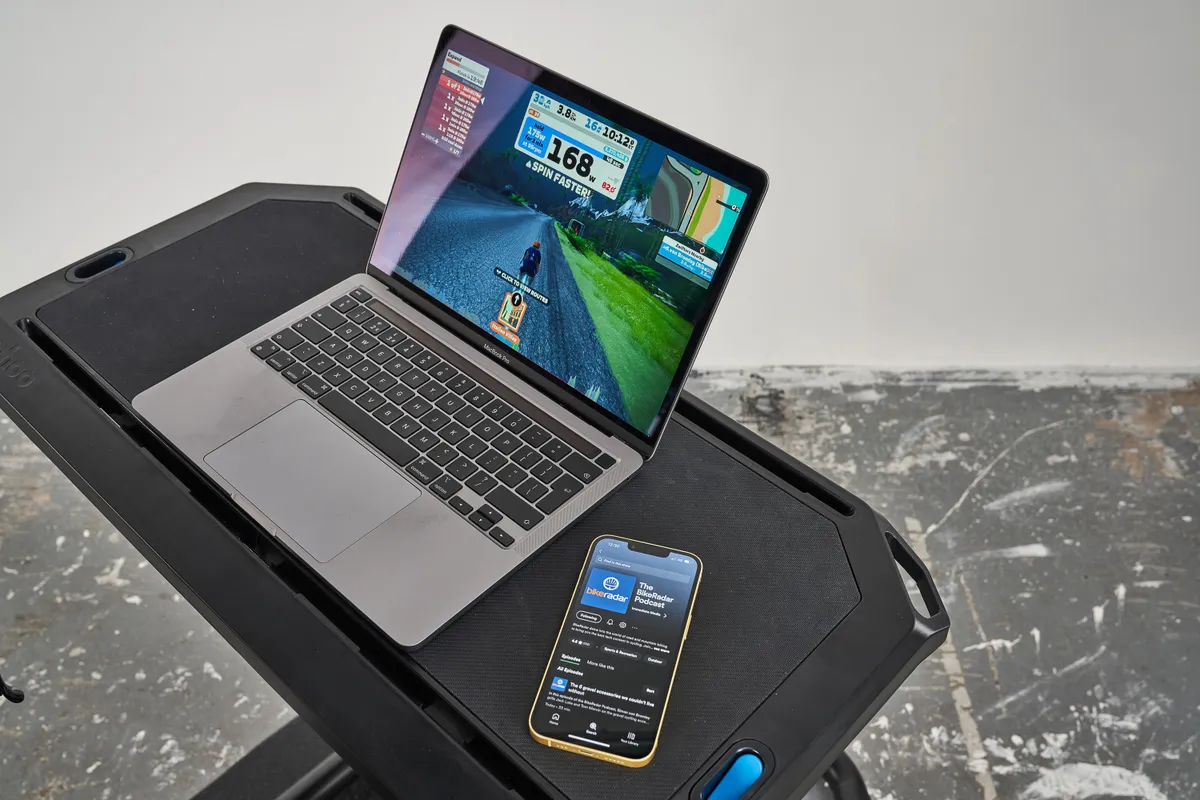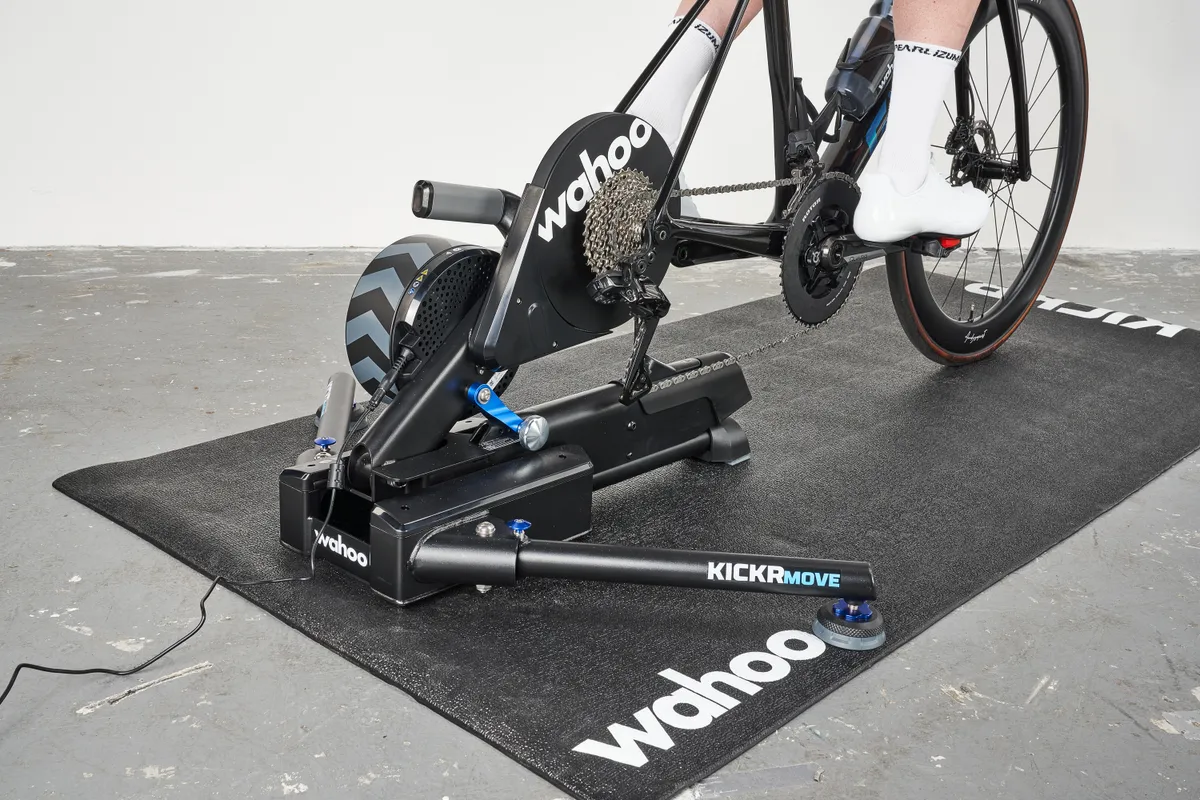With the new year arriving, if you’ve turned your attention to what you want to accomplish on the bike in 2025, now’s the perfect time to set your objectives and build a plan to achieve those goals.
Consistency is key to upping your fitness – something that is difficult if you’re solely riding outdoors. Other commitments, not to mention the impact of weather and dark nights, can easily derail your training plans.
That’s why indoor training is a smart way to complement your outdoor riding, not just over the winter but throughout the year. Do it right and you’ll maintain and improve your fitness, and be ready to take on your next challenges in 2025.
But there are a number of things you need to consider for your training to be productive. Here are six ways in which indoor training can help.
Target a goal

First up, it’s important to define what you want to achieve on your bike in 2025.
Maybe it’s a particular event that you want to train towards. Maybe it’s to ride a specific distance or to achieve it at a certain speed. Even just setting a goal of getting fitter or maintaining your fitness can help, as long as it’s something you can measure and target.
You can then set out a plan to reach your individual goals as a rider.
Although you can build your own training plan, it’s likely to be easier if you sign up to a pre-built plan, such as those offered on Wahoo SYSTM. Many of these are defined by professional coaches or by Wahoo’s in-house sports scientists.
They are geared towards specific objectives, such as building up to an event or increasing your power output.
Signing up to a training plan should help you stay focused, while it will also help you to avoid overtraining. Scheduling in adequate recovery time is important to enable your body to adapt to the new training load, in order to achieve an ongoing and sustainable increase in fitness.
Work on your weaknesses

To achieve your goals, it’s important to understand the fitness requirements necessary to thrive.
Often, this starts with a fitness test to benchmark your current performance, followed by working on any weaknesses – particularly if your current weaknesses are key to the success of your goal.
The tool most often used to measure fitness is Functional Threshold Power, which, in simple terms, is the power output you can sustain for approximately an hour. Improving this is important, but sports scientists recognise that other aspects of your fitness are also significant.
Again, Wahoo SYSTM can help, because Wahoo’s 4DP fitness assessment – which stands for Four Dimensional Power – covers four different measures of your cycling output, both aerobic and anaerobic.
A detailed assessment of where you need to focus will enable you to find a training plan that builds on your strengths, while also addressing your weaknesses.
Understand your physiology

Your physiology is complex and the adaptations that come as a result of riding at different intensities (or in different training zones) can be difficult to understand.
Luckily, however, there’s more information available to riders than ever, online and through the leading indoor cycling apps.
By using a smart trainer in conjunction with an app such as Zwift or Wahoo SYSTM, previously complex training terms, such as VO2 max and periodisation, become digestible and easy to understand.
Zwift, for example, offers a colour-coded guide to the different training intensities, while Wahoo SYSTM enables you to log your indoor, outdoor and off-bike training, to get a full picture of your performance and progress.
Previously, you’d have to read a training manual or hire a cycling coach to be guided through a plan, but now that information can be at your fingertips in an app, along with step-by-step workouts to get specific with your training.
Be specific

On that note, riding indoors makes it much easier to target the specific training zones needed to improve your performance.
For example, a series of short sprints might be difficult to perform optimally outdoors, while full-gas efforts can also be near-impossible to measure if you don’t have a power meter, whether that be a crank-mounted system or power pedals, such as Wahoo’s SPEEDPLAY POWRLINK pedals.
A smart trainer will incorporate its own power meter, so you can be sure you are training in the correct zone.
If used in ERG mode, the smart trainer will keep you within the power range that is needed for a specific workout or interval, based on the training zones set off the back of your fitness test.
That way, you know you’re getting the precise training benefit you need from each session, whether it’s developing your aerobic capacity for long Alpine climbs or working on your VO2 max for punchy ascents and breakaways.
It’s also a lot easier to track changes in your fitness level if you can ride in a repeatable environment, as is the case indoors.
Even for the pros, indoor training is a major part of their regime. They’ll often mix a morning indoor session targeting specific training zones with a longer outdoor ride in the afternoon.
Be consistent

One aspect where indoor training can really help is with following a plan when the weather is poor, or when you don’t have time to ride during daylight hours.
If you’re following a plan, it’s unlikely that this will just be based on a ride or two at the weekend. To achieve your cycling goals, you may need to ride during the week as well, which for many people isn’t possible outdoors, if you’re also juggling work, family and social commitments.
Riding indoors is much more time-efficient and can be more focused than riding outdoors. Again, you can target those specific training adaptations in a short session, while also keeping up your consistency with regular workouts, rather than saving it all for a weekend group ride when you have no control over the pace or effort level.
It’s also a lot quicker to get ready for an indoor session, because you’ll probably just need shorts and a top, rather than the multiple layers that you may need to ride outdoors in a lot of places through winter.
Stay motivated

Indoor training has become much more interesting in the last few years, with the advent of smart trainers, such as the Wahoo KICKR.
However, while some riders can stay motivated just by following a training plan, others need a little extra boost in order to attack those tough interval sessions, or to stay consistent over many weeks or months.
Again, this is where the latest training apps come in. Sure, you can use Zwift or Wahoo SYSTM to build or follow a training plan, but you can also spice up your indoor riding by training in one of Zwift’s many virtual worlds, or by using Wahoo SYSTM’s real-world race footage to accompany your session.
Zwift also offers virtual group rides – so you can follow the specific training session in your plan in the company of other riders – and virtual races, to tune-up that top-end fitness in a competitive environment.

